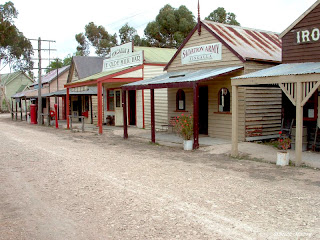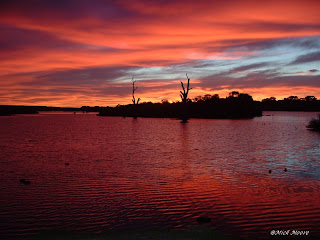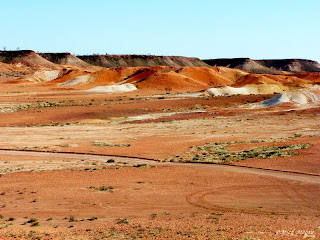 Old Tailem Town Pioneer Village can be found 5 kilometres north of Tailem Bend or 90 kilometres east of Adelaide on the Princess Highway.
Old Tailem Town Pioneer Village can be found 5 kilometres north of Tailem Bend or 90 kilometres east of Adelaide on the Princess Highway.First established in 1982, Old Tailem Town allows it's visitors to take a walk back in time and see what life was like all those years ago.

The area illustrates what life for the South Australian settler was like from 1860 through to 1960.
The well appointed tea and coffee room allows everyone to enjoy a self paced visit to the area without being too rushed.


















































